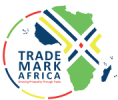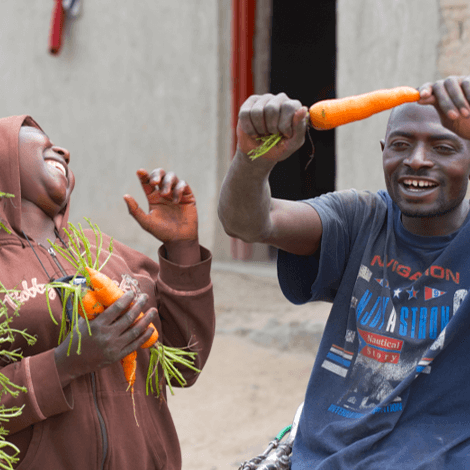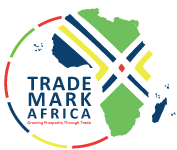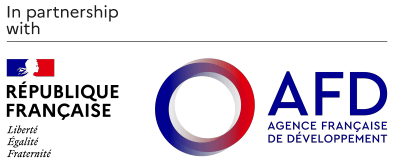Unveiling of the Revamped Single Customs Territory Centralised Platform Enhances Regional Trade
Arusha, January 27, 2025: The East African Community (EAC) Secretariat has launched the upgraded Single Customs Territory (SCT) Centralised Platform, a tool designed to facilitate the seamless exchange of customs and trade data in real-time among interconnected Partner States’ Customs and Ports Authorities. The unveiling took place at the EAC Secretariat Headquarters in Arusha, Tanzania, coinciding with the celebration of International Customs Day, themed “Customs Delivering on its Commitment to Efficiency, Security, and Prosperity.”
EAC Secretary General H.E. Veronica Nduva, who officiated the launch, emphasized the platform’s importance in advancing regional integration and boosting trade.
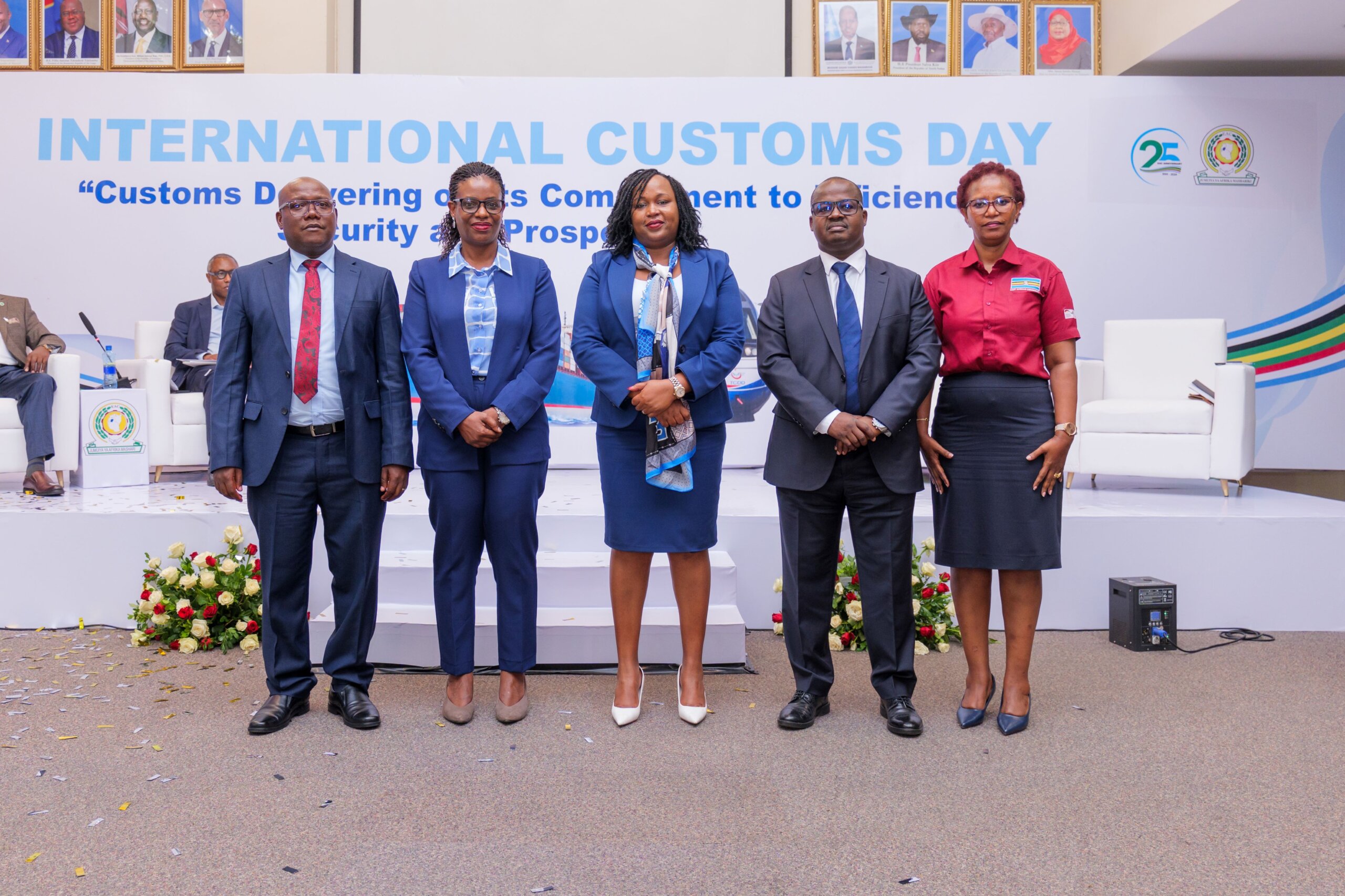
“The Single Customs Territory was established in 2014 to simplify, automate, and expedite the movement of goods across the EAC. The Centralised Platform is a key element of the SCT framework. By enabling real-time sharing of customs information, this platform addresses challenges such as customs clearance delays, non-tariff barriers, high transaction costs, and inefficiencies in cross-border trade,” she said.
Initially implemented in 2017, the platform has evolved to support transactions related to intra-regional trade, exports to global markets, transit goods, and the issuance of certificates of origin. In 2023, the platform was upgraded to include maritime trade, previously handled through a bilateral integration model. It also features management tools for Regional Authorised Economic Operators (AEOs) and regional clearing agents for mutual recognition.
The latest addition in 2024, supported by the UK and Netherlands governments, introduces scanner image sharing between Kenya and Uganda, enhancing transparency and efficiency in customs processes and reinforcing the platform’s role in streamlining regional trade.
The Secretary General also highlighted other initiatives under the SCT that have improved the trade environment and furthered regional economic integration.
“We’ve worked closely with Partner States, development partners, and trade facilitation agencies like TradeMark Africa to achieve these advancements. Besides the Centralised Platform, initiatives in both physical infrastructure and digital trade have greatly improved cross-border trade. Over 15 One-Stop Border Posts (OSBPs) have reduced border crossing times by 70%, saving $63 million annually. Additionally, 274 Non-Tariff Barriers (NTBs) have been resolved since 2007, and the EAC has introduced the NTB App to simplify reporting. Platforms like the Regional Electronic Cargo Tracking System (RECTS) now provide real-time monitoring of goods in transit, reducing cargo diversion, minimizing delays, and improving cargo security,” she added.
Since 2010, TradeMark Africa has been a strategic partner to the EAC, supporting East African trade reforms through the digitalization and automation of trade facilitation agencies.
“By automating customs and trade facilitation processes, these initiatives, including the Centralised Platform, ensure faster and more efficient clearance of goods for compliant traders. These efforts reduce delays, enhance transparency, and enable the smooth movement of goods, ultimately benefiting the people of East Africa,” said Erick Sirali, Director of Digital Trade at TradeMark Africa.
Currently, Kenya, Uganda, Tanzania, Rwanda, and Burundi’s customs systems are connected through the Centralised Platform, with Kenya’s and Tanzania’s ports authorities also linked. Plans are in place to integrate other Partner States and key agencies involved in goods clearance.
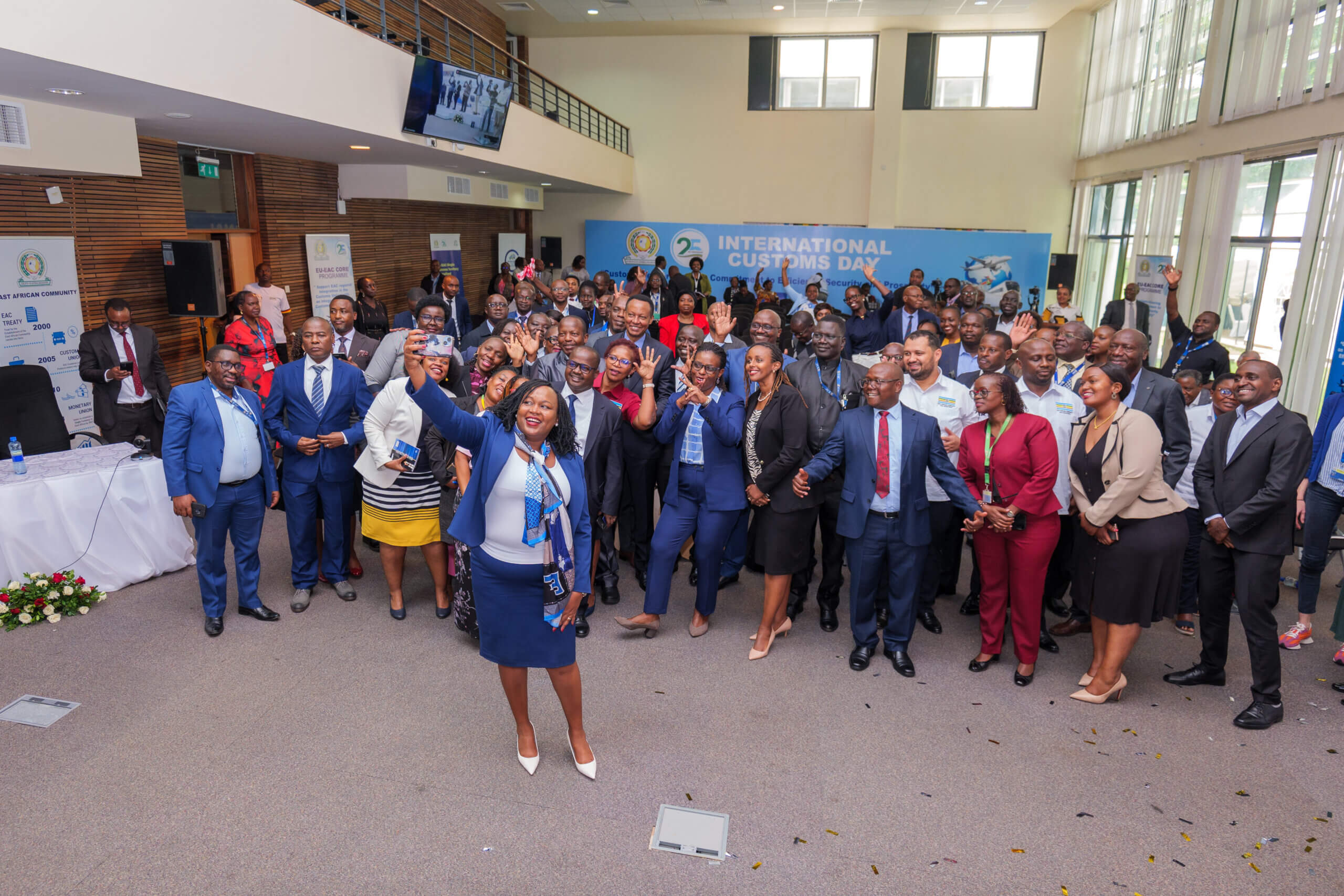 -Ends-
-Ends-
